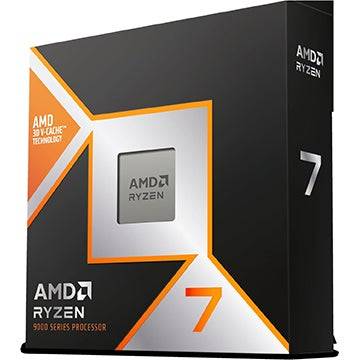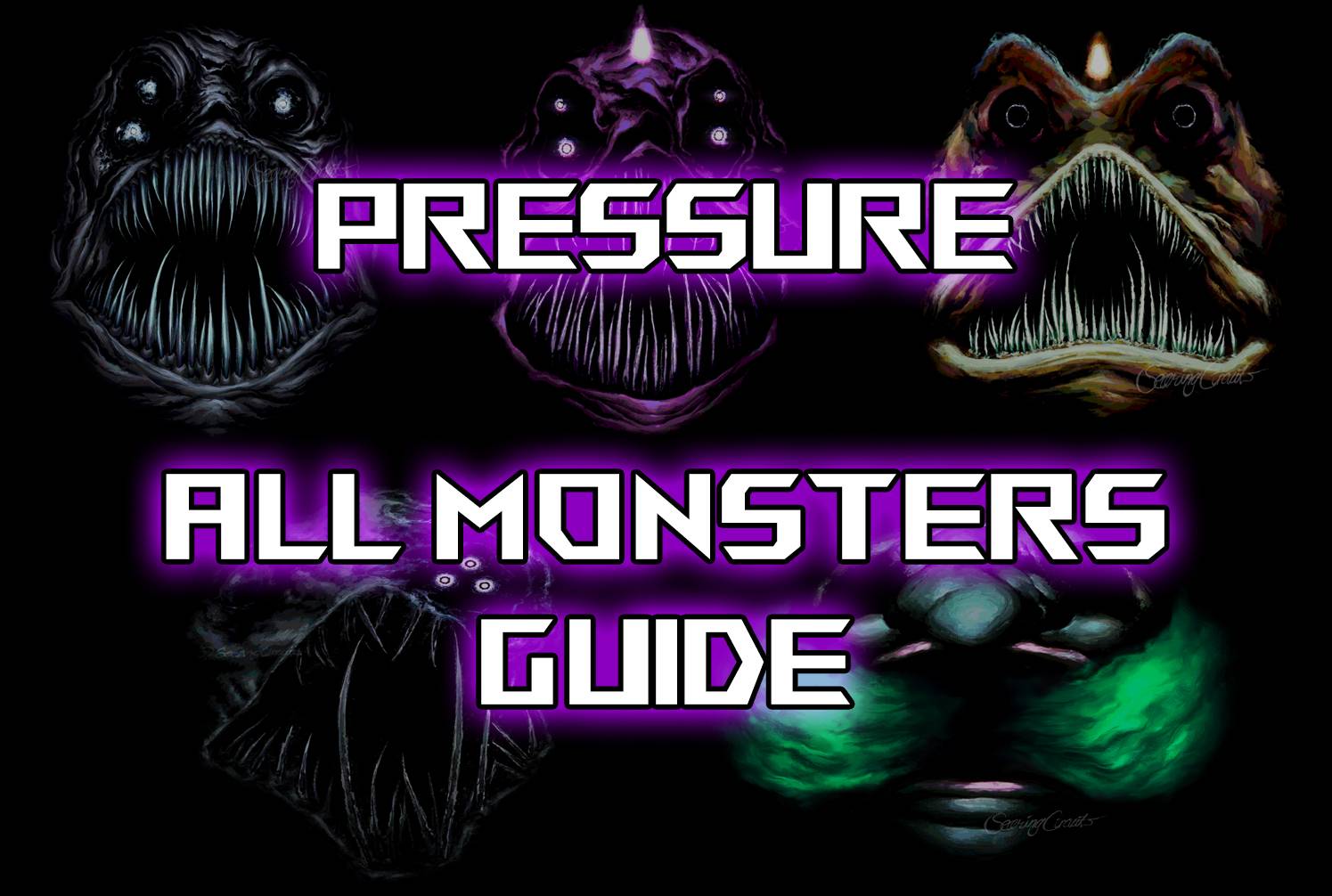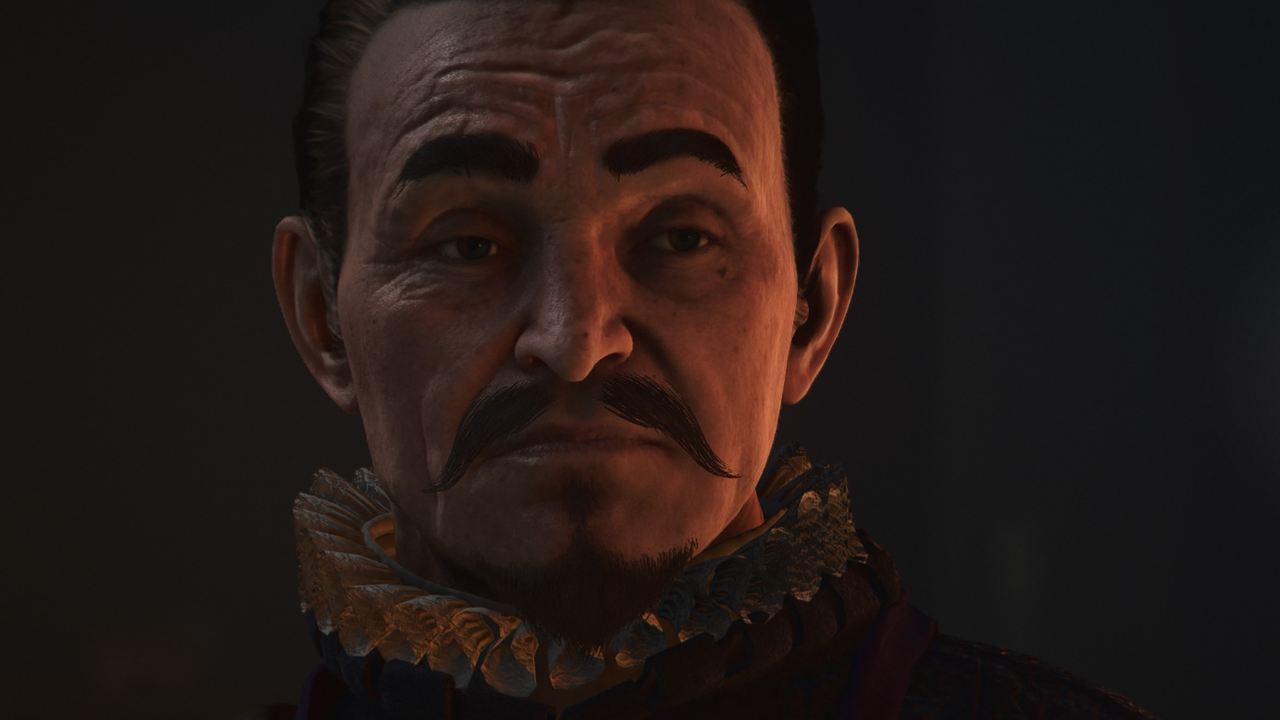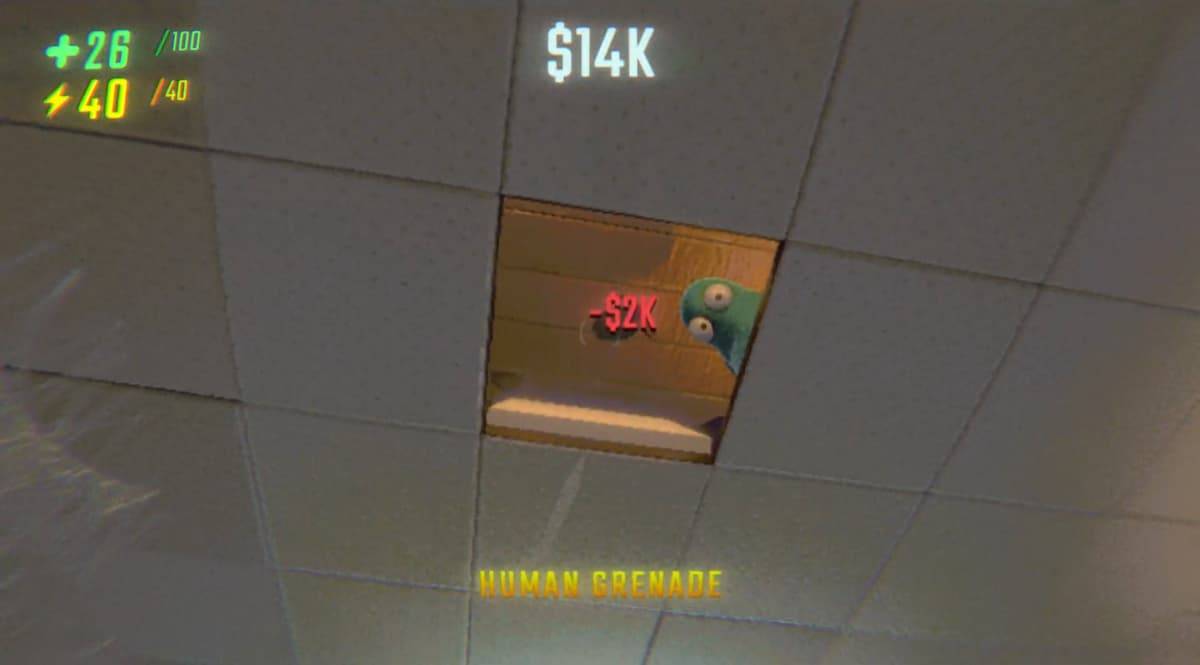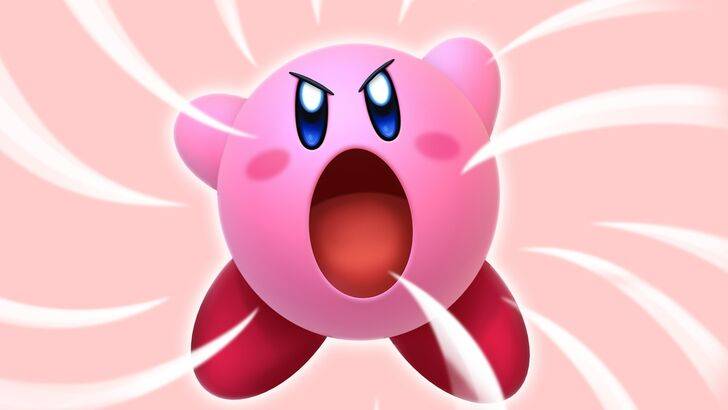
Former Nintendo employees have shed light on why Kirby's appearance varies between the U.S. and Japan. Dive into the article to understand the marketing strategies behind Kirby's different looks and Nintendo's global approach to localization.
"Angry Kirby" Was Made To Appeal To Wider Audiences
Nintendo Rebranded Kirby For More Appeal In The West
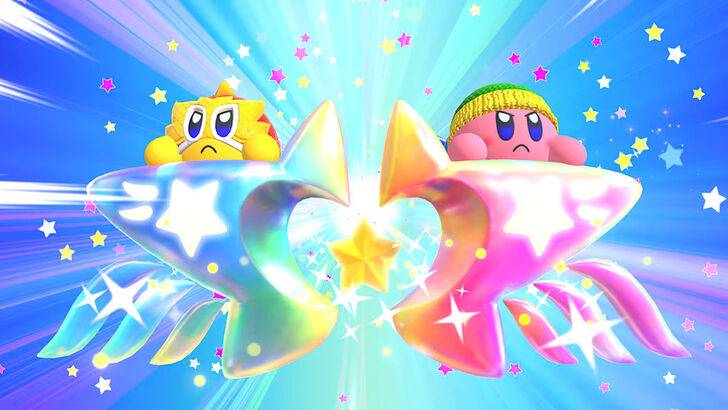
Kirby's fiercer and tougher appearance on game covers and artworks in the U.S. earned him the nickname "Angry Kirby." In a January 16, 2025, interview with Polygon, former Nintendo Localization Director Leslie Swan explained the rationale behind altering Kirby's look for Western audiences. She noted that while Kirby's intended portrayal was one of determination rather than anger, the goal was to appeal to American tween and teen boys who are drawn to tougher characters. Swan highlighted that in Japan, Kirby's cute and sweet nature is universally popular.
Kirby: Triple Deluxe Director Shinya Kumazaki echoed this sentiment in a 2014 GameSpot interview, stating that while a cute Kirby attracts more players in Japan, a strong, battle-hardened Kirby resonates more with U.S. audiences. However, he noted that this isn't a hard rule, citing Kirby Super Star Ultra, which featured a tough Kirby on both U.S. and Japanese box art. Kumazaki emphasized that while showcasing Kirby's serious side through gameplay is important, his cuteness remains a significant draw in Japan.
Advertising Kirby As "Super Tuff Pink Puff"
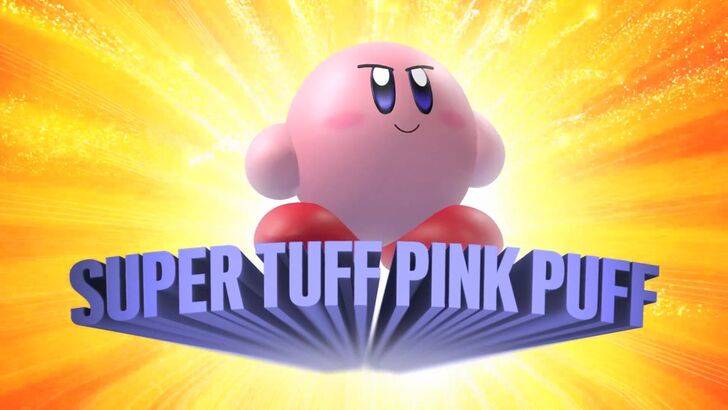
To broaden Kirby's appeal, particularly among boys, Nintendo marketed him as the "Super Tuff Pink Puff" for the 2008 Nintendo DS game, Kirby Super Star Ultra. Krysta Yang, former Nintendo of America Public Relations Manager, explained that this was part of a broader effort to shed Nintendo's "kiddie" image. Yang noted a push in the gaming industry towards a more mature and cool aesthetic, saying, "Having a game that was labeled ‘kiddie’ was really a curse."
Nintendo's marketing strategy shifted to highlight Kirby's combat abilities and toughness, aiming to reposition him as more than just a children's character. Although Kirby's personality has taken a backseat in recent marketing efforts, such as those for Kirby and the Forgotten Land in 2022, Yang acknowledged the ongoing effort to present Kirby as a well-rounded character, despite the persistent perception of him as cute rather than tough.
Nintendo’s U.S. Localization For Kirby
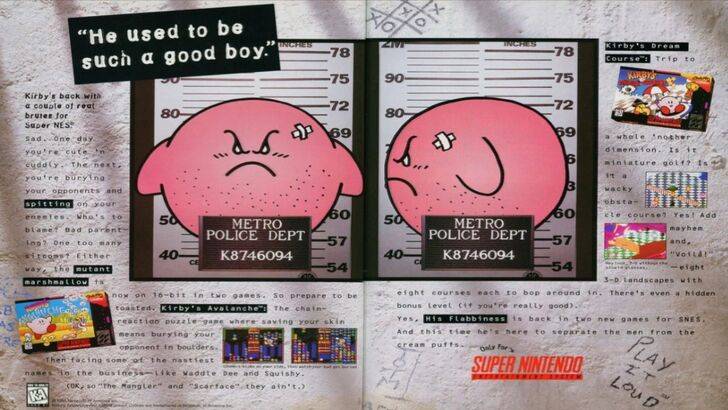
The divergence in Kirby's localization between Japan and the U.S. began with the 1995 "Play It Loud" campaign, which featured Kirby in a mugshot pose. Over the years, U.S. box art for games like Kirby: Nightmare in Dream Land (2002), Kirby Air Ride (2003), and Kirby: Squeak Squad (2006) depicted Kirby with sharp eyebrows and a meaner facial expression.
Beyond facial expressions, Nintendo also adjusted Kirby's color for Western markets. In 1992's Kirby's Dreamland for the GameBoy, the U.S. box art showed Kirby in a ghostly-white tone, unlike the original pink hue in Japan. This change was necessitated by the GameBoy's monochrome display, but it posed a challenge for marketing to boys. Swan remarked, "A puffy pink character for boys who are trying to be cool just wasn’t going to get the sales that everybody wanted."
These adjustments led to Kirby's facial expressions being altered in U.S. box art to appeal to a broader audience. In recent years, Kirby's global advertising has achieved more consistency, alternating between serious and gleeful expressions.
Nintendo’s Global Approach

Both Swan and Yang have observed that Nintendo's approach to localization has evolved towards a more global perspective. Nintendo of America now collaborates more closely with its Japanese counterpart to ensure consistent marketing and localization strategies. The aim is to move away from regional variations like the differing Kirby box art and avoid incidents like the 1995 "Play It Loud" ad.
Yang pointed out that while this global strategy aims for brand consistency, it may overlook regional differences, potentially leading to less dynamic marketing. She explained, "It was a business strategy change to have more global marketing. It’s good and bad. Being global means consistency for the brand across all regions, but sometimes there is a disregard for regional differences."
Game localizers attribute the current trend of minimal localization adjustments to the broader globalization of the industry and the increasing familiarity of Western audiences with Japanese culture, including games, movies, manga, and anime.





